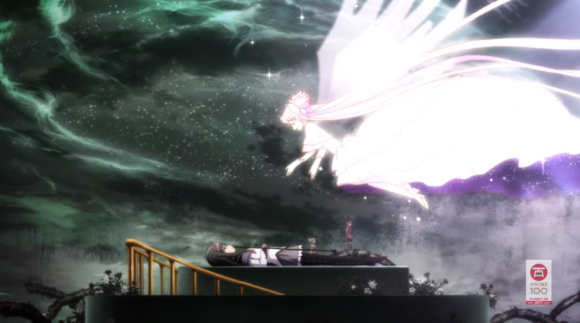
Musical retrospective looks back on the 100 years of Japanese animation.
Even as anime continues to make mainstream inroads overseas, a lot of foreign fans don’t really get sucked into the world of Japanese animation until they’re in their teens or older, making the medium as a whole feel young and new to them. But anime actually has a very long history, stretching back much farther than even the “good old days” of the 1980s that some older Western fans like to wax poetic about.
Namakura Gatana, a silent short anime from 1917, is regarded as the oldest piece of Japanese animation with a surviving print, and using it as a starting point for the medium makes anime 100 years old. In celebration, the Association of Japanese Animations has released a 15-minute video that looks back on landmark Japanese animated works of the century since Namakura Gatana was released.
▼ Namakura Gatana
In total, 122 works are featured (including stop-motion and claymation projects) in roughly chronological order of their release. The exponential growth in the number of anime series being produced in the modern era means that the video has reached the 1960s within its first minute, but there’s still space for 1958’s The Tale of the White Serpent, the first full-color anime feature film.
There’s no narration, with the video’s entire audio being the song “Those with Wings ~Not an angel Just a dreamer~”, a collaborative performance by dozens of anime vocalists and voice actors. But even without any explicit explanations, the video reveals major trends and tropes of the art form, such as:
● A fascination with science and robotics in the 1960s: Astro Boy (1963, 0:48 in the video), Gigantor (1962, 0:55), Cyborg 009 (1966, 1:30), Speed Racer (1967, 1:37)
● An increasing love of sports coming with postwar economic recovery and access to mass media: Star of the Giants (1968, 1:58), Attack No. 1 (1969, 2:13), Ashita no Joe (1970, 2:20), Touch (1985, 6:09)
● Magical girls going from wily individual heroines to combat teams and even darkly tragic figures: Minky Momo (1982, 5:32), Creamy Mami (1983, 6:02), Sailor Moon (1992, 7:35), PreCure (2004, 9:33), Puella Magi Madoka Magica (2011, 11:35)
● Sprawling shonen action sagas becoming the industry’s template for an evergreen hit: Dragon Ball (1968, 6:16), City Hunter (1987, 6:34), YuYu Hakusho (1990, 7:46), One Piece (1999, 9:04), Naruto (2002, 9:22), Bleach (2004, 9:46)
● Franchises which became hits thanks to their extremely passionate female fanbases: Rose of Versailles (1979, 4:45), Tiger and Bunny (2011, 10:52), Yowamushi Pedal (2013, 11:29), Osomatsu-san (2015, 13:51)
● Lavishly animated and emotionally stirring feature films that resonated with audiences far beyond Japan’s shores: Akira (1988, 6:55), The Girl Who Leapt Through Time (2006, 10:12), Your Name (2016, 13:04), In This Corner of the World (2016, 13:12)
● Anime that were clearly created to help drive merchandise sales, but still managed to find a special place in fans’ hearts: Digimon (1999, 8:56), Yu-Gi-Oh! (2000, 9:11), Pokémon (1997, 13:23)
● Life imitating art imitating life as the idol singer boom inspires idol anime, for which fans fervently buy theme song CDs and concert tickets: Love Live! (2013, 11:14), The Idolmaster (2008, 11:49)
And yet, as packed with important anime as the video is, it still doesn’t contain every watershed work. Conspicuously absent are the films of Hayao Miyazaki and Studio Ghibli, the expectation-upending Neon Genesis Evangelion, romance-and-robots franchise Macross, or anything from Rumiko Takahashi, who between Urusei Yatsura, Maison Ikkoku, Ranma 1/2, and Inuasha had a hit anime on TV more or less constantly between 1981 and 2004.
These aren’t necessarily deliberate snubs, though. The Association of Japanese Animations had two major criteria for inclusion in the video: historical significance and permission to use the footage. As such, if your favorite anime isn’t part of the retrospective, it might be because of a rights issue, or simply because even as long as the video is, there’s still not enough space for every great anime of the past 100 years.
Source, images: YouTube/アニメNEXT_100
[ Read in Japanese ]
Follow Casey on Twitter, where Patlabor was another series he was bummed out about not being part of the video.